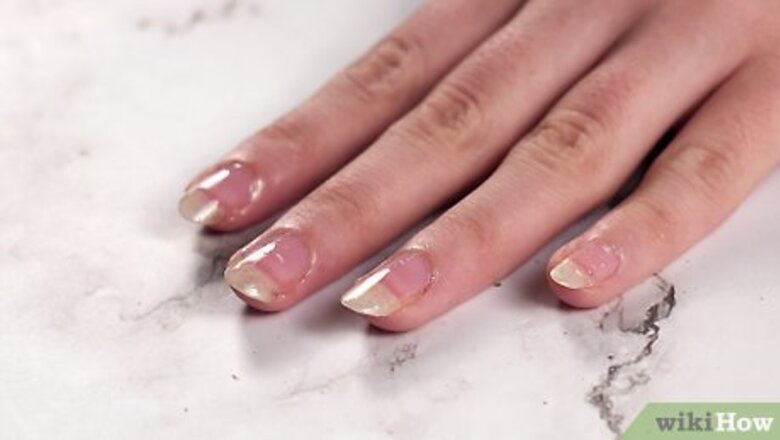
views
- Push your cuticles back, buff the surface of your nails, and clean the nail bed with alcohol and a lint-free wipe to help the gel polish adhere better.
- Paint thin layers of gel nail polish for a long-lasting manicure, and cap the free edge of your nail after applying each layer.
- Apply cuticle oil daily, and avoid using your nails as tools. If you need to submerge your hands in water, wear rubber gloves to protect your manicure.
Prepping Your Nails for a Lasting Result
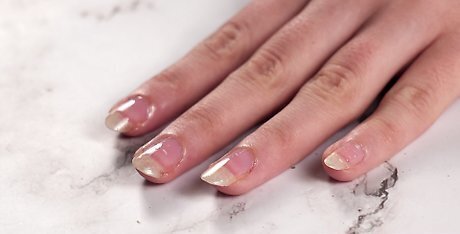
Prep and prime each hand separately for the best results. According to salon owner and nail specialist Kristin Pulaski, gel polish “should last two to three weeks” unless the “prep work wasn’t done properly.” Focus on one hand at a time to create the perfect base for your manicure, and go slowly to avoid making any mistakes. Start with the hand that’s easiest for you so it’s more comfortable and you can get the hang of things.
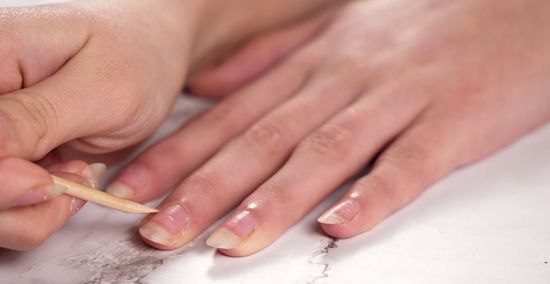
Push your cuticles back to prevent lifting. Use a wooden cuticle stick to gently push back your cuticles. This prevents any loose skin from sticking to the gel, which is usually the main cause of lifting or peeling. If you’re using a metal cuticle pusher, be extra gentle so you don’t damage your nail bed. For easier removal, leave an oil-free cuticle remover on your cuticles for 2-3 minutes before pushing them back.
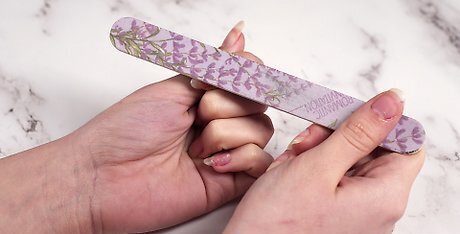
Buff your nails to remove shine and excess skin. Hold a 180-grit nail file parallel to your nail, and buff the surface using circular motions. The purpose of buffing is to create a rough surface for the gel polish to cling to, which can help make your manicure last longer. Since over-buffing can damage your nail bed, aim for 6-8 strokes per nail. Be sure to buff all around the edges of your nail to prevent the gel polish from lifting. Use the side of your nail buffer with the coarsest texture, which is usually colored black. Find a nail buffer at your local beauty supply store or order one online. Some are shaped like a rectangular block, while others are shaped like a popsicle stick.

Trim your nails short and file them into a rounded shape. If you have weaker nails (or tend to get cracks around the corners of your nails), keep them on the short side to minimize breakage. Long nails are more likely to bend and crack, which can decrease the lifespan of your manicure. If you still want long nails, use a builder gel or apply gel extensions.
Cleanse your nails with alcohol and a lint-free wipe. Salon owner and nail specialist Kristin Pulaski says to “make sure that your natural nail is as dehydrated as possible before applying gel” to ensure that the product “really adheres.” To do so, saturate a cotton round with isopropyl alcohol, and rub it across each nail to get rid of oil, dirt, and grime. Then, wipe each nail with a lint-free wipe to remove any dust and extend the life of your manicure.
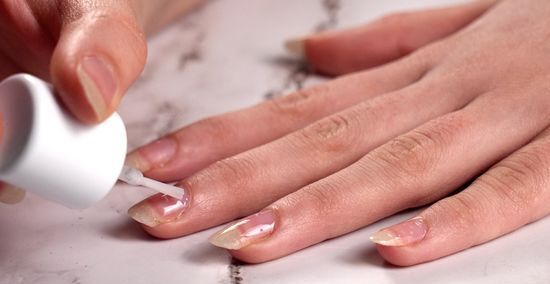
Use a nail primer to further dehydrate your nails. Brush a thin, even layer of gel nail primer across each nail, and wait for the product to dry completely. Applying a primer prevents gel polish from lifting and chipping, especially around the tips of your nails. Alternatively, soak a cotton round in pure acetone, then rub it on each nail to remove excess moisture. Avoid the cuticles so you don’t dry them out.
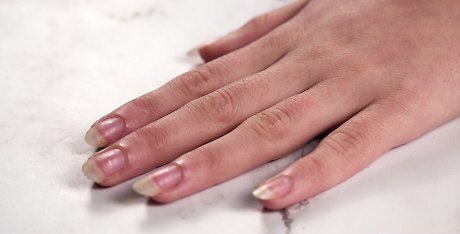
Avoid soaking your nails in water before your gel manicure. It takes about 60 seconds for the nail plate to absorb a substantial amount of water, which can cause the plate to swell and bend. Gel polish can’t adhere properly to a swollen nail plate that’s moving around, and this may result in chipping, cracking, or peeling when the plate goes back to its original shape. Wash your hands for 15-20 seconds to avoid adding too much water to the nail bed. Stay away from tasks that expose your nails to water for at least an hour before gel application. This includes swimming, washing the dishes, or taking a shower.
Applying the Gel Polish Properly
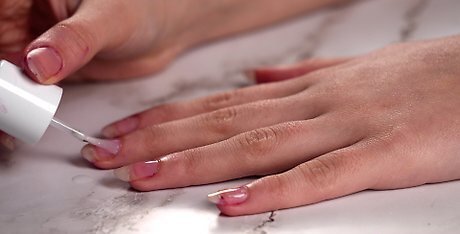
Apply a base coat to help the gel adhere better. Use the brush that comes with the gel base coat to paint your entire nail. Work in smooth vertical lines, and wipe off any base coat that gets on your surrounding skin. If the base coat gets on your cuticles, it may cause lifting.
Cure the base coat, following the instructions of your specific product. Immediately after applying the base coat, put your nails under a LED or UV lamp to cure it. Salon owner and nail specialist Kristin Pulaski says to “make sure you’re using the proper lamp…and know the right amount of time that it should be curing for.” If you have an LED lamp, cure the base coat for at least 30 seconds. If you have a UV lamp, leave your nails under for 130 seconds.
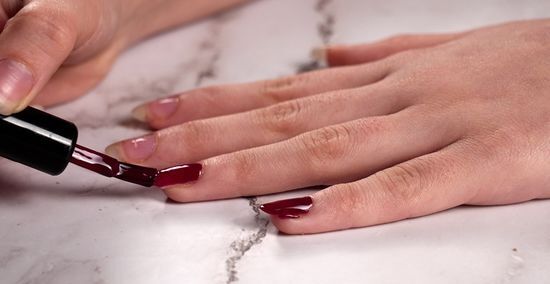
Paint thin layers of gel polish for a long lasting manicure. Dip your brush in the gel polish, then wipe the excess polish on the sides of the container before brushing it on your nail. If you apply thick layers, the UV light won’t be able to cure the gel properly, which may cause lifting, wrinkling, or weird ridges on your nails. If you’re using a lighter shade of polish, you may have to apply 3 layers to get it opaque.
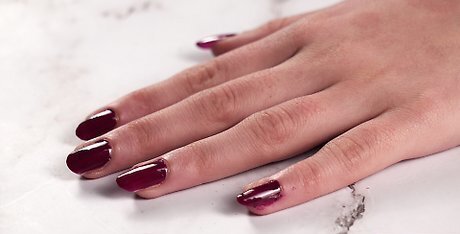
Avoid getting gel polish on your cuticles and skin. If the gel gets on your skin, it can separate from the area after it dries. This prevents the nail from being fully sealed, which can cause premature lifting. If you accidentally get the gel polish on your skin or cuticle during application, quickly remove it with a wooden cuticle stick or cotton swab before curing.
Cap the free edge of your nail after applying each coat. According to salon owner and nail specialist Kristin Pulaski, if you don’t cap the edges of your nails, it can “lead to chipping and peeling.” To cap your nail, brush over the area underneath the edge of the nail after each layer. Make sure the coat is as thin as possible to avoid peeling. This helps to delay chipping because the polish wraps around the nail and clings to it. If it does start to chip, it won’t be as noticeable because it will chip on the edges before coming off the tip of your nail.
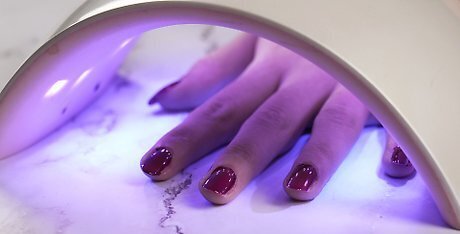
Cure each coat completely before adding the next coat. If you don’t cure your nails long enough, it can cause chips and cracks, so follow the directions of your specific products to dry the gel polish after every coat. Generally, LED lamps take about 30 seconds to cure on average, while UV lamps take 130 seconds to cure. Keep in mind that UV bulbs need to be changed on a regular basis. If not, the light will dim, resulting in dull gel colors and faster chipping. LED bulbs do not need to be changed. UV lamps should be at least 36 watts, while LED lamps need to be 18 watts for most gel polish brands to fully cure.

Apply a no-wipe top coat and cure. This is an important step to seal the gel and add an extra layer of protection. As with the base coat and gel coats, avoid getting the top coat on your skin and cuticles. Cure it under the UV or LED light when you’re finished applying your gel color.
Preserving Your Gel Nails After Application
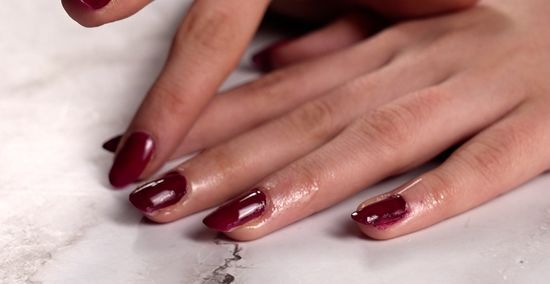
Use cuticle oil daily to condition your nails. Apply cuticle oil to your cuticles and massage upward. This protects your gel polish and helps your manicure last longer, plus keeps your nails healthy and hydrated. For extra softness and conditioning, apply the cuticle oil right before bed and follow up with a moisturizing hand lotion.
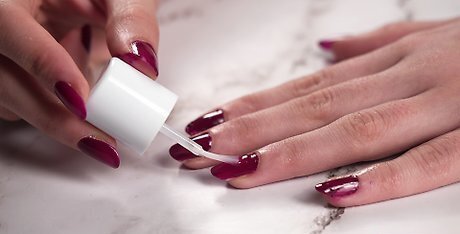
Add a thin layer of clear polish over your nails after one week. To prevent chips, reapply a topcoat about a week after your manicure. You can use a gel topcoat and cure it with the light. Or, you can use regular clear nail polish and let it air dry. To seal the tips of your nails, run the brush along the top edge first before covering the entire nail with the top coat. Reapply the top coat every few days to prevent your manicure from chipping.
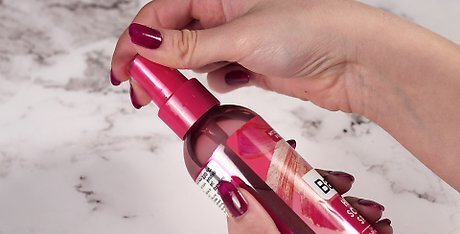
Be gentle with your nails. When you have a fresh gel manicure, be mindful of everything you're doing with your hands and fingers. Even the slightest chip on the edge of the nail can get bigger and lift from the nail bed, so try not to use your nails as tools. Avoid tearing open packages, opening soda cans, or scraping sticky labels off of surfaces.
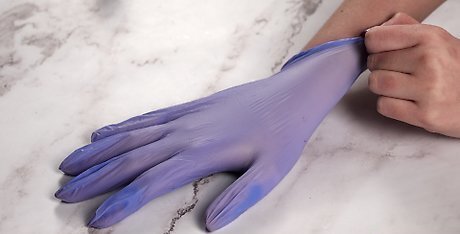
Avoid using hot water or cleaning products. If you want your gel manicure to last at least 2 weeks, avoid prolonged exposure to hot water. Hot water and chemicals from cleaning products can seep into the polish and cause it to break down, resulting in chipping and peeling. If you plan on washing the dishes or cleaning, wear rubber gloves to protect your nails.



















Comments
0 comment